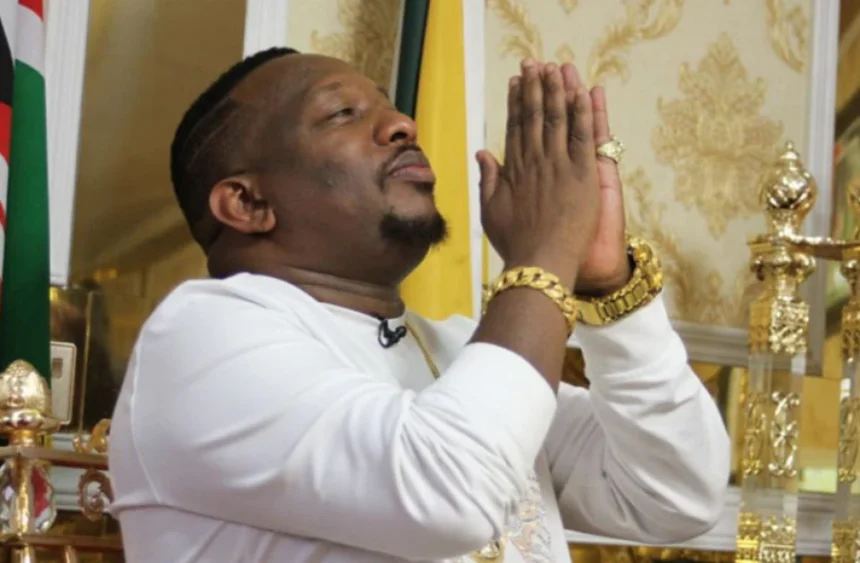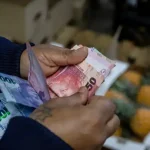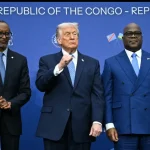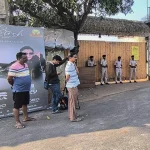In a ruling that has sent ripples through Kenya’s political and legal circles, the High Court made a decisive move by ordering the unfreezing of Ksh. 574 million belonging to former Nairobi Governor Mike Sonko. For many Kenyans watching from the sidelines, this is just another dramatic twist in the long-running Sonko political saga. But for those versed in the law, this judgment is a profound lecture on the scales of justice—where the presumption of innocence weighs heavily against the state’s power to seize property.
This was not an acquittal. The court did not declare Sonko innocent of the underlying allegations of corruption and money laundering. Instead, the ruling was a critical check on the procedures followed by the state, specifically the Assets Recovery Agency (ARA).
The Core of the Court’s Reasoning: Procedure Over Guilt
The judge’s gavel hinged on several pivotal legal arguments:
-
The Violation of the Presumption of Innocence: At the heart of any democratic justice system is the principle that an individual is innocent until proven guilty. The court found that freezing such a vast sum of money for an extended period, without a subsequent conviction, effectively acted as a punitive measure. It presumed guilt and punished Sonko by restricting his access to his assets, thereby violating this foundational right.
-
Lack of Expedited Prosecution: The court sharply criticized the delay in bringing the main corruption case to trial. A prolonged asset freeze, without a correspondingly swift judicial process, transforms from a protective measure into an unfair financial stranglehold. The state cannot use a freeze order to indefinitely cripple an accused person while it takes its time to build a case.
-
Insufficient Evidence to Sustain the Freeze: While the ARA initially presented evidence they argued showed suspicious transactions, the High Court found that this evidence did not meet the threshold required to justify a continued freeze. The judge likely determined that the link between the specific funds and specific illegal acts was not conclusively proven enough to warrant the severe measure of a long-term freeze.
The Ripple Effect: What This Means for Kenya’s Fight Against Corruption
This ruling is a double-edged sword for the fight against graft in Kenya.
-
A Win for Individual Rights: It powerfully reaffirms that the government’s considerable power to investigate and prosecute must be exercised within the strict confines of the law and the Constitution. It prevents state agencies from using asset freezes as a tool of harassment or to gain undue leverage in a case.
-
A Challenge for Prosecutors: The decision serves as a stern warning to the ARA and the Office of the Director of Public Prosecutions (ODPP). They must build water-tight cases quickly. They can no longer rely on securing a freeze order and then taking years to proceed. This judgment demands greater efficiency and forensic rigor from our anti-corruption bodies.
In conclusion, the unfreezing of Sonko’s millions is more than a political victory for one man. It is a landmark judicial statement: the pursuit of corruption cannot trample upon the very legal principles that underpin our society. The battle over Mike Sonko’s legacy and guilt is far from over, but in this specific skirmish, the Constitution emerged victorious.









